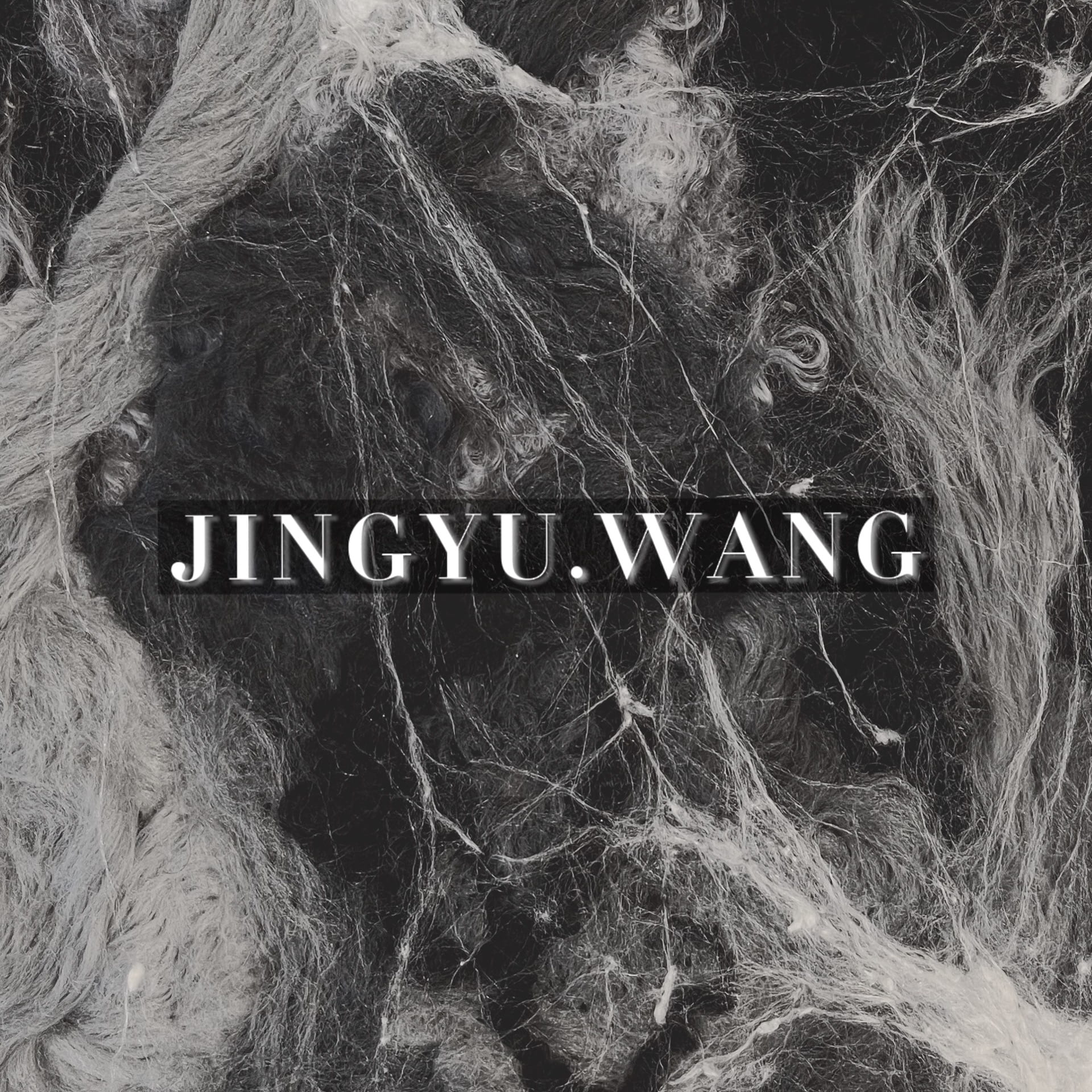In order to learn the concept of this project, it is necessary to introduce the research I have done in Integrated Seminar 2 on the selected topic of Japanese Zen Gardens. Though I was first attracted to Zen gardens by its unique aesthetics, as I moved forward with my research, I found myself could not agree with some functions of stones in the setting of a Zen garden described in the books I read. In particular, I was bothered by confining the diversity of mind to a monotonous object – how can every human being’s mind be resembled by stones? And not woods? Not metals? Therefore, I decided to design a ‘structure’, something so versatile that can be replaced by nearly any materials and shaped almost with no restraint. It is more like a concept, a baritone of a greater construction – like Zen itself – and I think making this as well as using this product makes the real process of meditation.
I first start with ‘building’ my mind place. I intended the real model to take any scale to preserve its versatility. It can be as big as a public space by adding more repetition of bigger pieces together, or as small as a small table decoration. As we need to include three media, I decided to create a 1/9 model of a hanging reading space with lights and drawings/calligraphy on the wood stripes.
The original wood stripes I obtained from Amazon were untreated pine stripes 14 inch. I chose this specific type because it is soft, flexible and easy to work with for me whom has never worked with wood before. The width was also suitable to my needs. The indentation formed holes in between stripes could help light transmission as well.
Because the wood shop was not opened on the weekend, hand tools were the only option. This caused a lot of imprecision in the cuttings and the drill holes because there wasn’t any clamps to stabilize the stripes. Therefore, After pieces were cut, I tried to group them in 6 pieces by similar length.
Although I did successfully carry these grouped stripes home, I used up too much twist ties and did not have enough to do my original design. However, I still discovered the interesting part of this design – by adjust the tightness of the tie, even I attach the wood stripes so simply together in the same way, two slabs can have completely different appearance. You can just have so much fun with shaping these squares. It’s like lego!



Fig. 9, 10, 11 – Examples of Shaping a slab (My traditional Chinese calligraphy and drawings)
For the light, I have chosen string light in order to supplement the hanging design. It is a 100 LED indoor & outdoor USB copper wire string light from Amazon. I chose it for its color and minimalistic appearance.
















